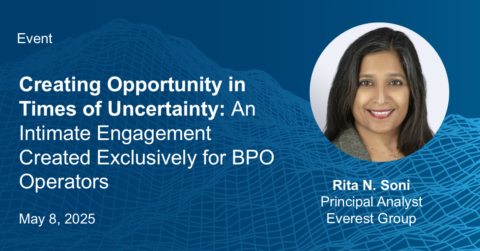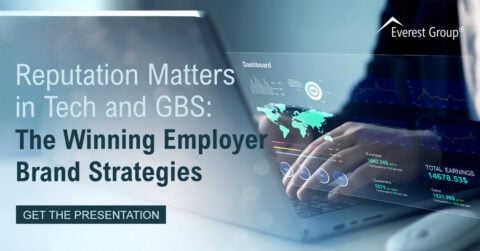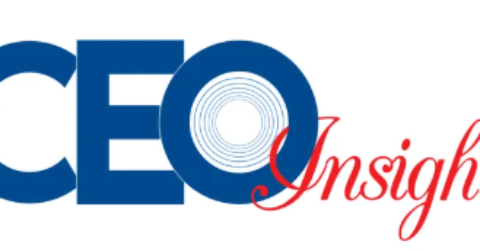Filter
Displaying 21-30 of 309
Thursday, May 8
10:30-11:15am
Munich, Germany
Reputation Matters in Tech and GBS: The Winning Employer Brand Strategies | Webinar
On-Demand Webinar
1 hour
BPESA South Africa Value Proposition Launch | Event
Tuesday, March 18
2:00 PM SAST | 4:30 PM IST
Cape Town, Western Caper
Disrupting Healthcare from the Inside: The Rise of GCCs | LinkedIn Live
March 18, 2025
On-Demand LinkedIn Live
1 hour
Exclusive First Look: Engage 2025 London Must-know Highlights | LinkedIn Live
February 26, 2025
On-Demand LinkedIn Live
1 hour












